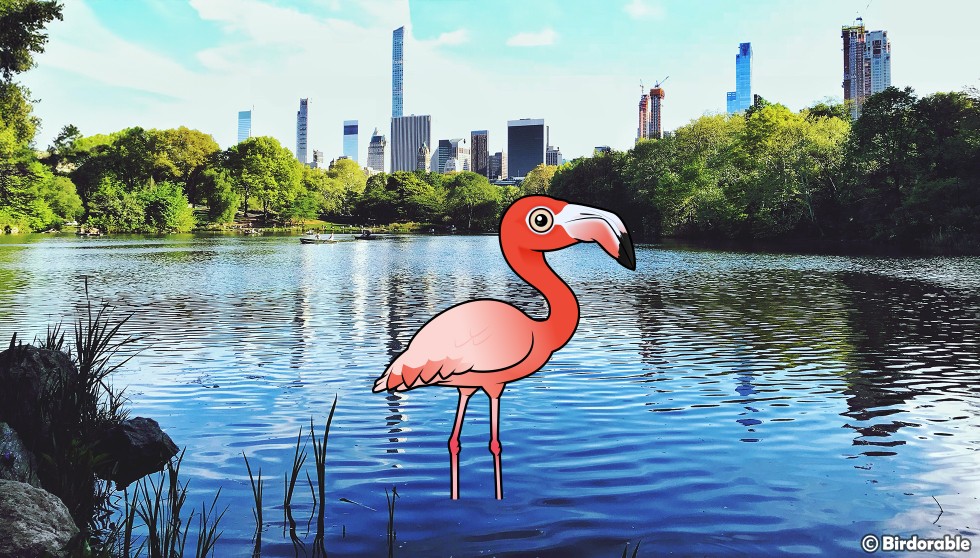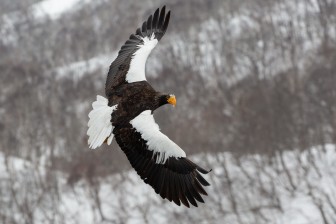Bird Term: Vagrant
Avian Vagrancy: Why Birds Sometimes Wander Far from Home

What Vagrancy Means In Bird Terms
In the birding world, the term "vagrant" refers to a bird that has strayed far outside its usual range or migratory path. These wayward travelers often end up in unexpected places due to various factors such as weather events, navigational errors, or a mysterious sense of wanderlust. Observing a vagrant bird can be a thrilling experience for birdwatchers, as it provides a rare opportunity to see species that are typically not found in their region.
What Causes Vagrancy?
Vagrancy in birds occurs for several reasons. One common cause is weather. Strong winds, storms, or other extreme weather conditions can push birds off course during migration or at other times, leading them to unfamiliar territories. For instance, hurricanes have been known to carry seabirds far inland, where they are not usually seen. Similarly, strong tailwinds might allow birds to overshoot their intended destinations.
Another factor contributing to vagrancy is navigational error. Birds navigate using a combination of the Earth's magnetic field, the position of the sun and stars, and visual landmarks. Sometimes, particularly in young or inexperienced birds, these navigational tools can fail, causing the birds to veer off course. This can result in sightings of species thousands of miles away from their typical range.
Changes in habitat and climate also play a role in bird vagrancy. Habitat destruction, whether through deforestation, urbanization, or agricultural development, can force birds to seek new areas. Climate change is altering migration patterns and the availability of resources, prompting some birds to explore beyond their traditional boundaries in search of food or suitable breeding grounds.

Steller's Sea-Eagle in its natural range by Sascha Wenninger [CC BY-SA 2.0]
Examples of Vagrant Birds
In the wake of major Hurricane Idalia, which hit the Big Bend area of Florida as a cat 3 storm on August 31, 2023 and continued northeast along the eastern coast of the United States, American Flamingos started turning up in unlikely places. The striking pink birds were recorded in Florida, North Carolina, South Carolina, Kentucky, Indiana, Wisconsin, Missouri, and Kansas!
Another fascinating case is a lost individual Steller's Sea-Eagle that has been visiting the northeastern United States on and off since 2021. The usual range for this majestic eagle is across far eastern Siberia and Asia!
Why Vagrant Birds Matter
Vagrant birds can provide valuable scientific insights. Studying these out-of-range birds helps ornithologists understand more about migration patterns, navigation, and the effects of environmental changes on bird populations. For instance, tracking the movements of vagrant birds can reveal how species respond to habitat loss or climate change, offering clues about their adaptability and resilience.
For birdwatchers, the appearance of a vagrant bird is a cause for celebration. The excitement of spotting a bird that is not normally found in their area adds an element of unpredictability and adventure to birding. Many birdwatchers keep detailed lists of the species they have seen, and a vagrant bird can be a prized addition to these lists.
The American Birding Association's Rare Bird Alert page highlights rarities spotted within the ABA area, showcasing a number of vagrants that can be found at any given time.
Vagrant birds are those that have strayed far from their usual range, often due to weather events, navigational errors, or changes in their environment. These birds provide thrilling opportunities for birdwatchers and valuable data for scientists. The next time you're out birdwatching, keep an eye out—you never know when a vagrant might make a surprise appearance!





Comments
Leave a comment
Thank you!